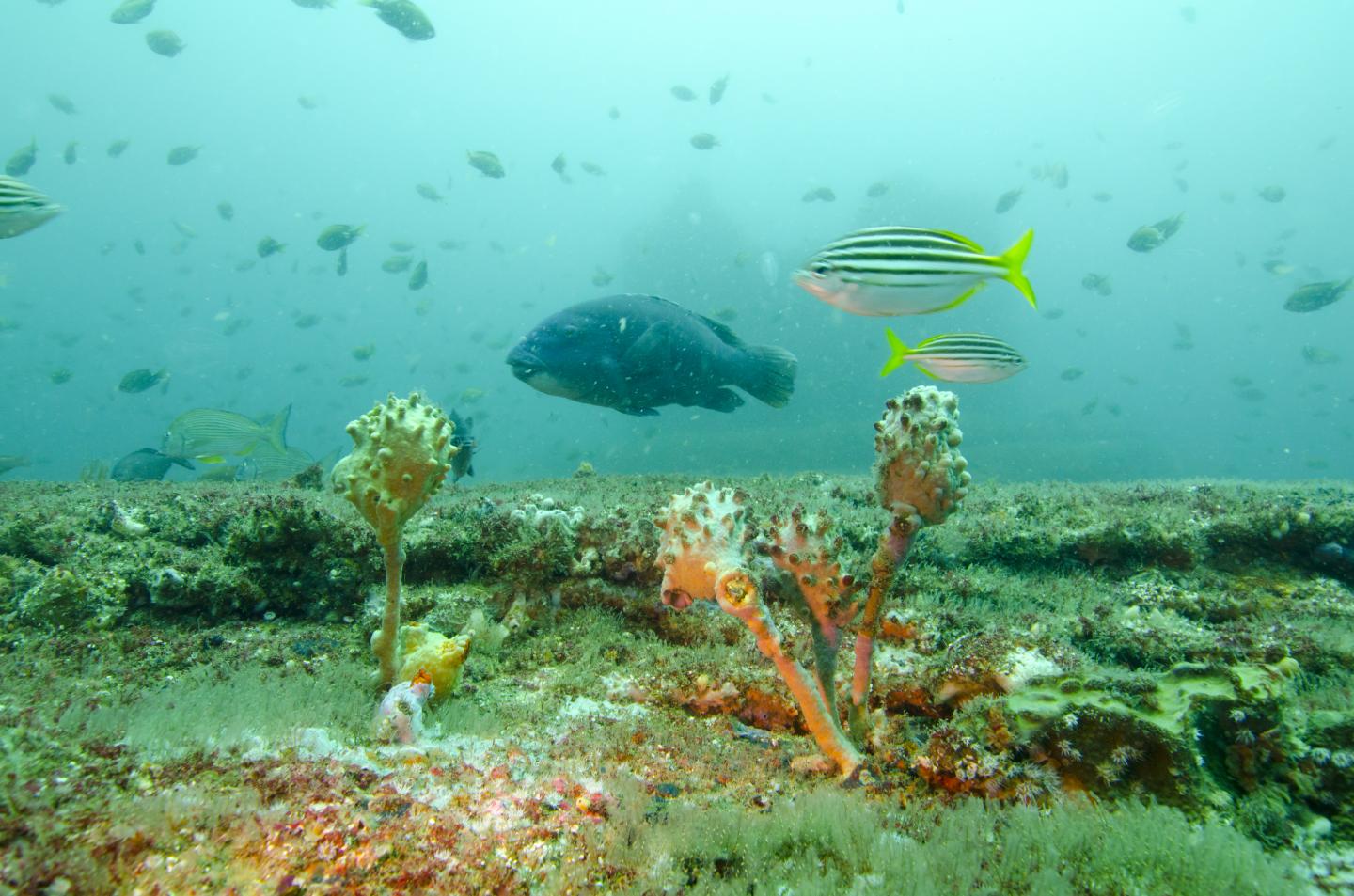With growing populations and climate uncertainty, water security is a global concern. Many nations operate desalination plants, which remove salt from seawater to make it drinkable. These facilities typically discharge excess salt as hypersaline brine back into the ocean, with uncertain ecological effects. Now, researchers in Environmental Science & Technology report that a large desalination plant in Australia has the unexpected benefit of attracting some species of fish, increasing their abundance at the discharge site.

The city of Sydney, Australia, began operating the Sydney Desalination Plant in 2010 to improve water security for Australia’s largest city. Because of an ongoing drought, the plant is now supplementing Sydney’s water supply with up to 66 million gallons per day. During operation, the Sydney Desalination Plant releases hypersaline solution from two outlets above a rocky reef about 328 yards offshore and 26 yards below the ocean surface. Brendan Kelaher and colleagues investigated how this hypersaline discharge impacted reef fish community structure and abundance.
[rand_post]
The researchers used scuba divers to take videos of fish at the outlet sites and at multiple reference sites a couple of miles away over a 7-year period before and after the desalination plant’s operation, as well during a timeframe when the plant temporarily ceased operations. Fish, including some commercially important species, were three times more plentiful around the outlet during hypersaline discharge than before or after. The largest increase was observed for fish, such as the one-spot puller, that feed on zooplankton. These differences were not observed at the reference sites. Because local changes in seawater salinity and temperature were relatively small following hypersaline discharge, the team says that the turbulence caused by the high-pressure release of the salty solution could have attracted the fish. Careful regulation of fishing around desalination discharge outlets might be needed to prevent local depletion of fish populations on the broader reef complex, the researchers say.